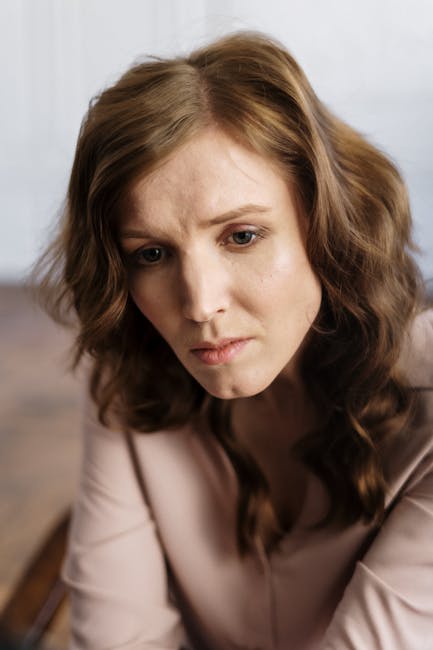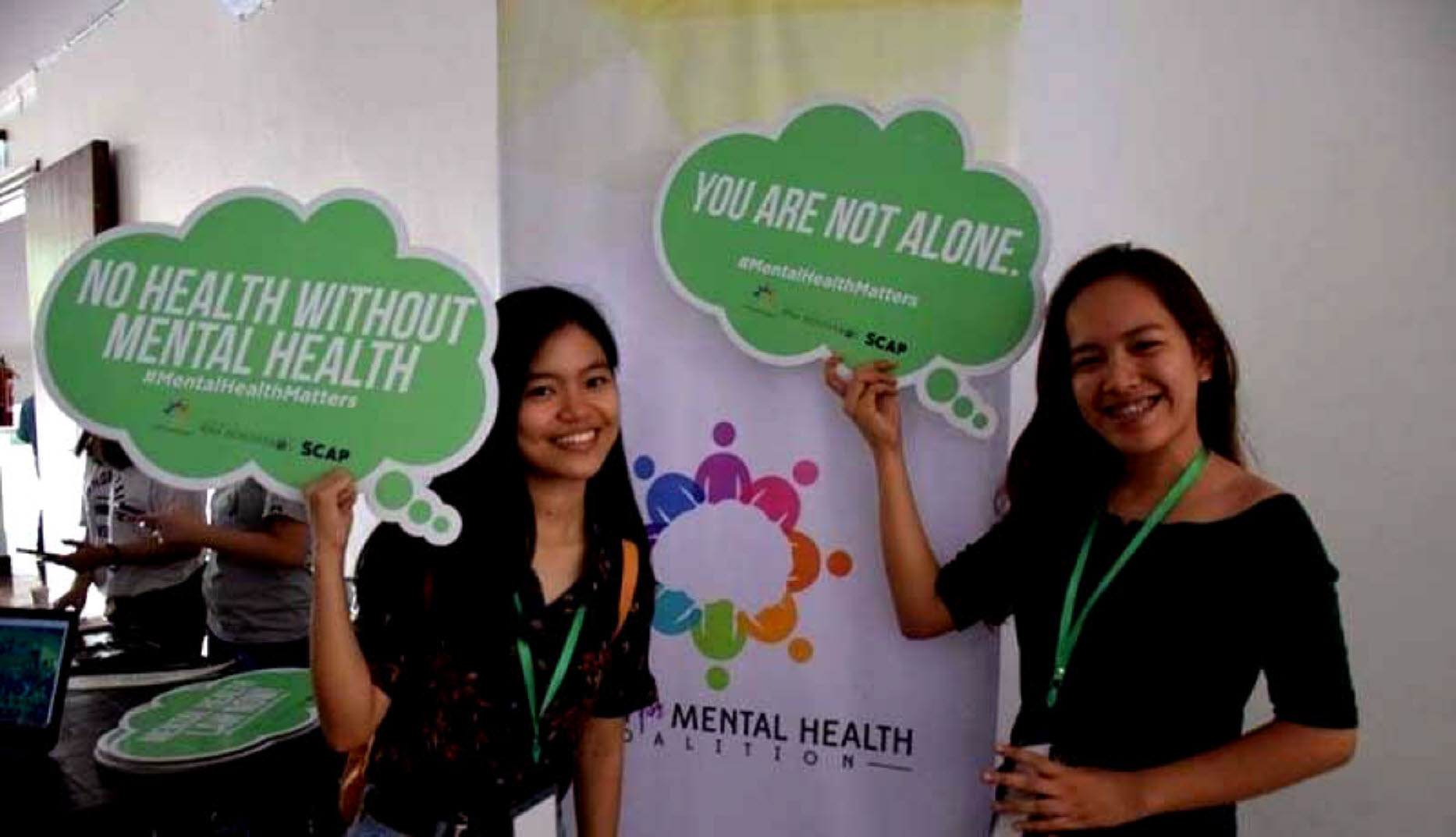By Aidan Brown

#Schools on Long Island are closed for the summer, but administrators still have homework. As the #coronavirus #pandemic exacerbates an ongoing adolescent #mentalhealthcrisis, #schools must prepare to meet the #mentalhealthneeds of their students come September.
The sad truth is that a #mentalhealthcrisis affecting #young people existed before the #pandemic began. One in five adolescents has a diagnosable #mentalhealthissue, but only half receive any treatment. #Suicide is the second-leading cause of death for people under the age of 24. The #suicide rate for #children ages 10-24 increased by 56% from 2007 to 2017.
With added stressors like #COVID-19, economic recession, widespread protests, and months without social interaction, the headlines of the last few months could be mistaken for the “Trauma Types” checklist from the National Childhood Traumatic #Stress Network. Recent events are especially concerning because trauma, especially in childhood, has been shown to increase the risk of long-term #mentalhealthissues.

#Schools must help tackle this looming crisis because they represent the one institution that virtually all adolescents interact with every day. #Schools began to take on #mentalhealth in part because they could offer a centralized point of care. Research suggests that #schools are the most common provider of #mentalhealthservices for #youth. Also, 50% of all #mentalillness cases begin before age 14; 75% begin before age 24. This means that for #students who are going to have a #mentalillness at some point in their lives, the illness will most likely be apparent while they are still in the school system. #Schools have the opportunity to treat #students early on and have the structures in place to connect #students to services.
But the #pandemic has fundamentally changed the way schools provide #students with #mentalhealthresources. The process usually begins when a teacher identifies concerning behavior in a #student like missing class often, failing to hand in an assignment, or letting grades slip. Virtual learning makes it more difficult to notice such behavior with little face-to-face time, muted microphones, and pass-fail assignments.
This means that not only is it likely more #students need #mentalhealthresources, but also it is more difficult to identify those #students in need.
The exact nature of education in September is still unknown. On Wednesday, Mayor Bill de Blasio announced that New York City #schools would only partially reopen. On the same day, #PresidentDonaldTrump threatened to cut federal funding to #schools that did not completely reopen in the fall.
Even if #schools are in-person in September, administrators need to expand procedures to make up for six months of interrupted services during a traumatic time. If schools remain online, even greater effort is needed to build out virtual processes to help #students. These plans need to detail how schools will communicate with students, identify possible cases, and connect #students to services. For help, the National Childhood Traumatic Stress Network has produced guidelines for creating trauma-informed #schools during #COVID-19.
Parents have a role to play as well. They can demand answers from their local school boards and principals. They can also learn how to better care for their children’s #mentalhealthneeds. The National Association of School Psychologists has a guide for talking to #children about the #coronavirus, and the #NationalAllianceforMentalIllness has a guide for identifying the warning signs of #mentalillness. Together, we can rise to the occasion and protect our #young people, but the first step is to acknowledge the expanding crisis already in our midst.
Aidan Brown of Garden City holds a master’s degree in public policy from the University of Virginia.

James Donaldson is a Washington State University graduate (’79). After an outstanding basketball career with WSU, he went on to play professional basketball in the NBA with the Seattle Supersonics, San Diego/L.A. Clippers, Dallas Mavericks, New York Knicks, and Utah Jazz. He also played for several teams in the European Leagues in Spain, Italy, and Greece, and he toured with The Harlem Globetrotters to wrap up his career. James was an NBA All-Star in 1988 while playing center for the Dallas Mavericks. In 2006, James was inducted into the Pac-10 Sports Hall of Fame and also the Washington State University Athletic Hall of Fame. In 2010, James was elected as a board member for the NBA Retired Players Association.
James frequently conducts speaking engagements (motivational, inspirational, educational) for organizations, schools, and youth groups.
In 2010, James was the recipient of the NBA Legends of Basketball ABC Award, awarded for outstanding contributions in Athletics–Business–Community.
He believes in being a role model for success and professionalism to the scores of young people to whom he devotes so much of his time. He currently serves on several boards and committees and is a member of many organizations.
James believes in developing relationships that create a “Win-Win” environment for everyone involved, and in being the best he can be!
For more information about James Donaldson or to request he speak at your event, contact him at:
www.StandingAboveTheCrowd.com
JamesD@StandingAboveTheCrowd.com
1-800-745-3161 (voicemail & fax)
James Donaldson is the author of “Standing Above The Crowd” and “Celebrating Your Gift of Life” and founder of the Your Gift of Life Foundation which focuses on mental health awareness and suicide prevention, especially pertaining to our school aged children and men.
If you’re interested in having James come and speak to your group of young adults, business entrepreneurs, aspiring political and community leaders, and athletic teams, please contact him at jamesd@yourgiftoflife.org and or leave a personal message for him at 1-800-745-3161. Keep up with him and read about how he is reaching out and making a difference in the lives of so many around the world at www.yourgiftoflife.org



